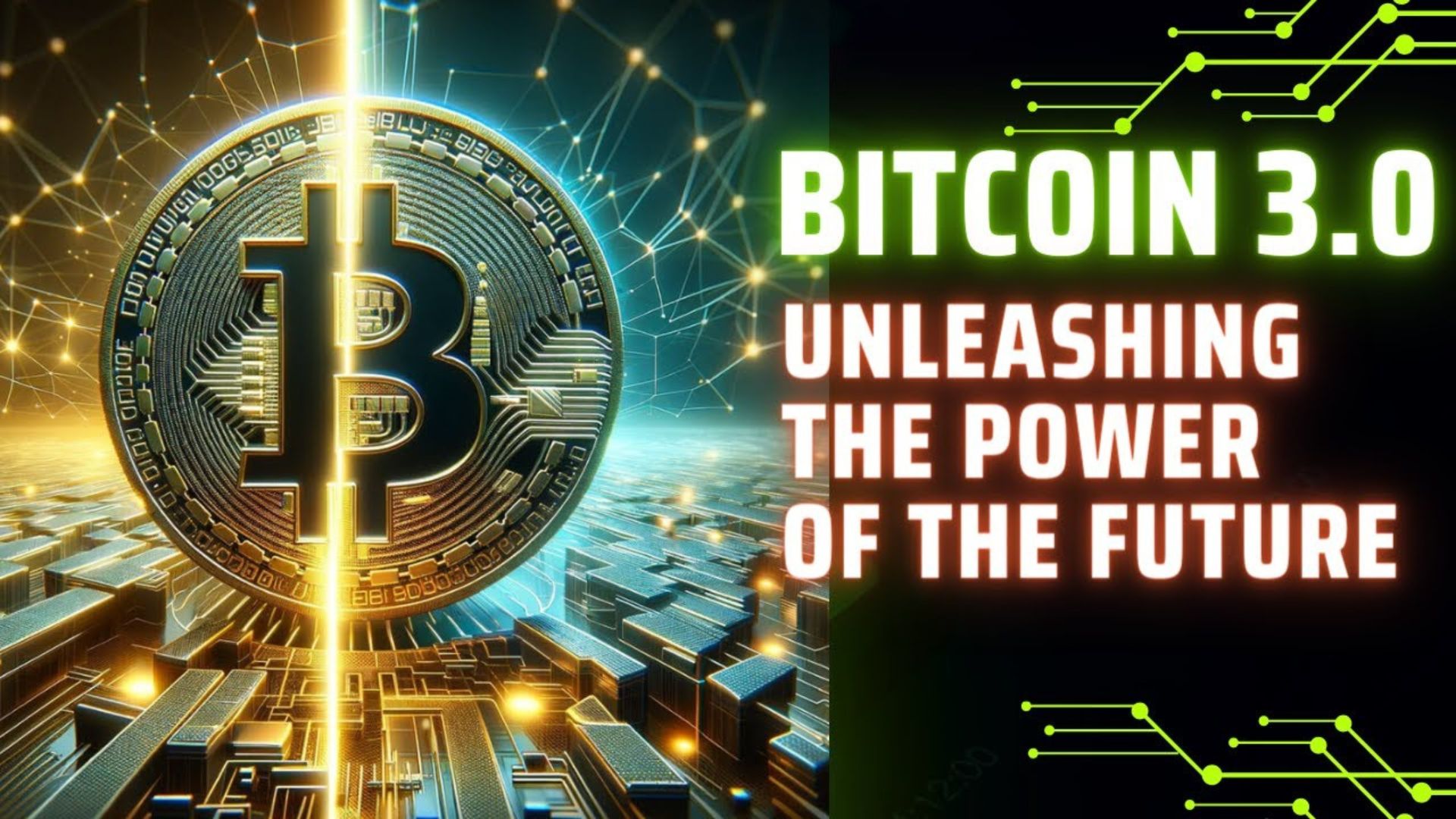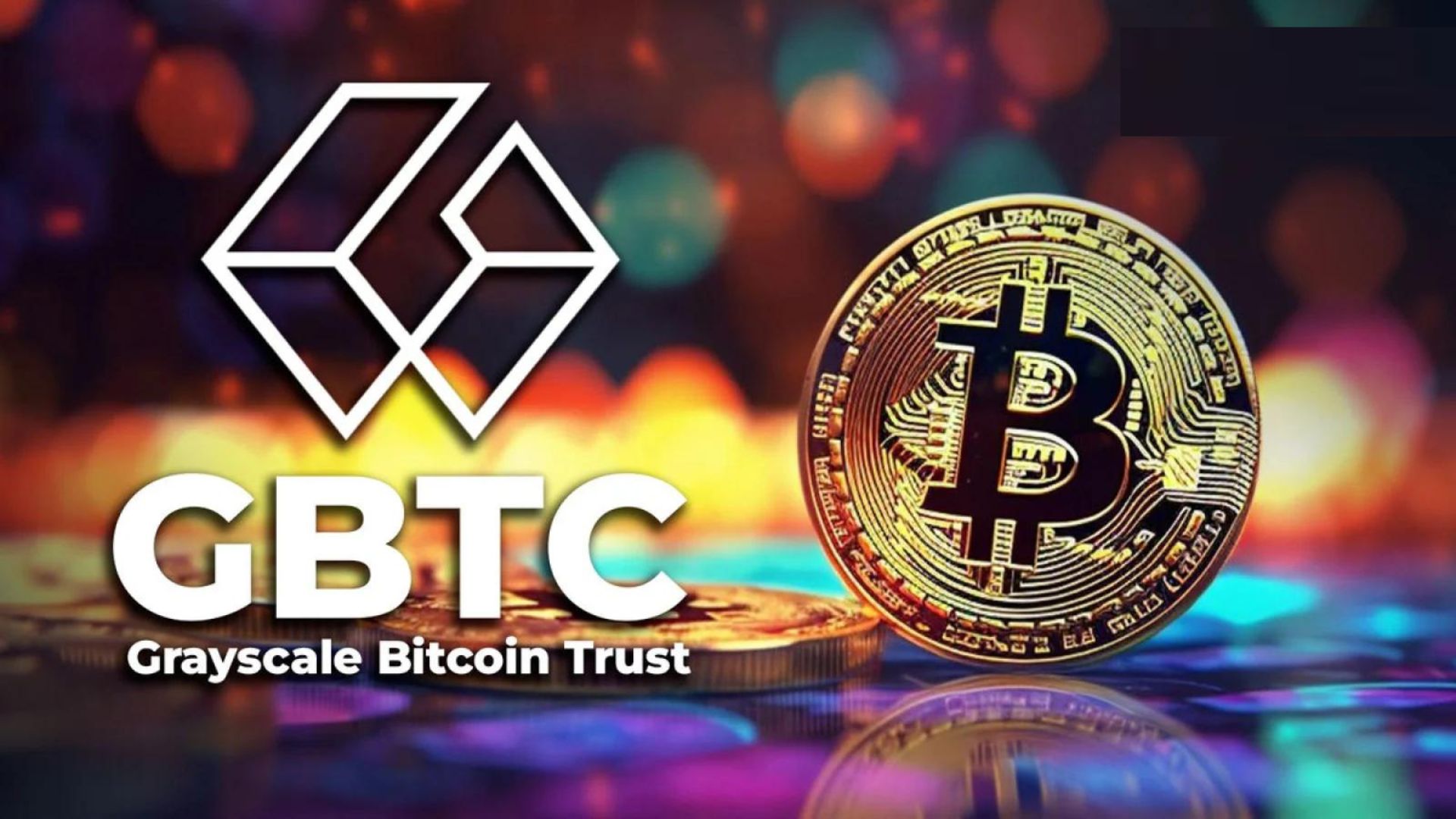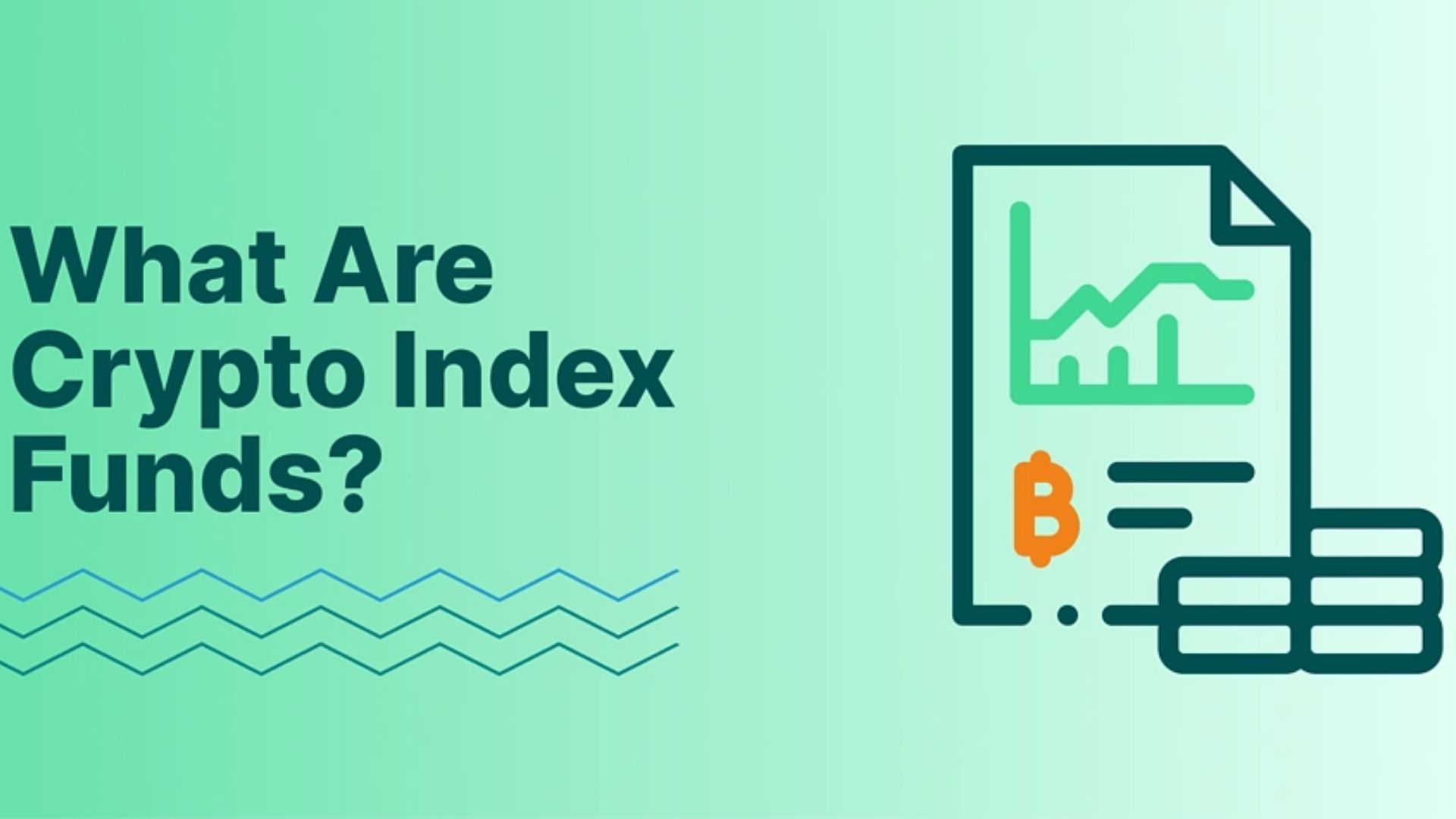Decentralized Physical Infrastructure (DePIN) Narrative in Crypto
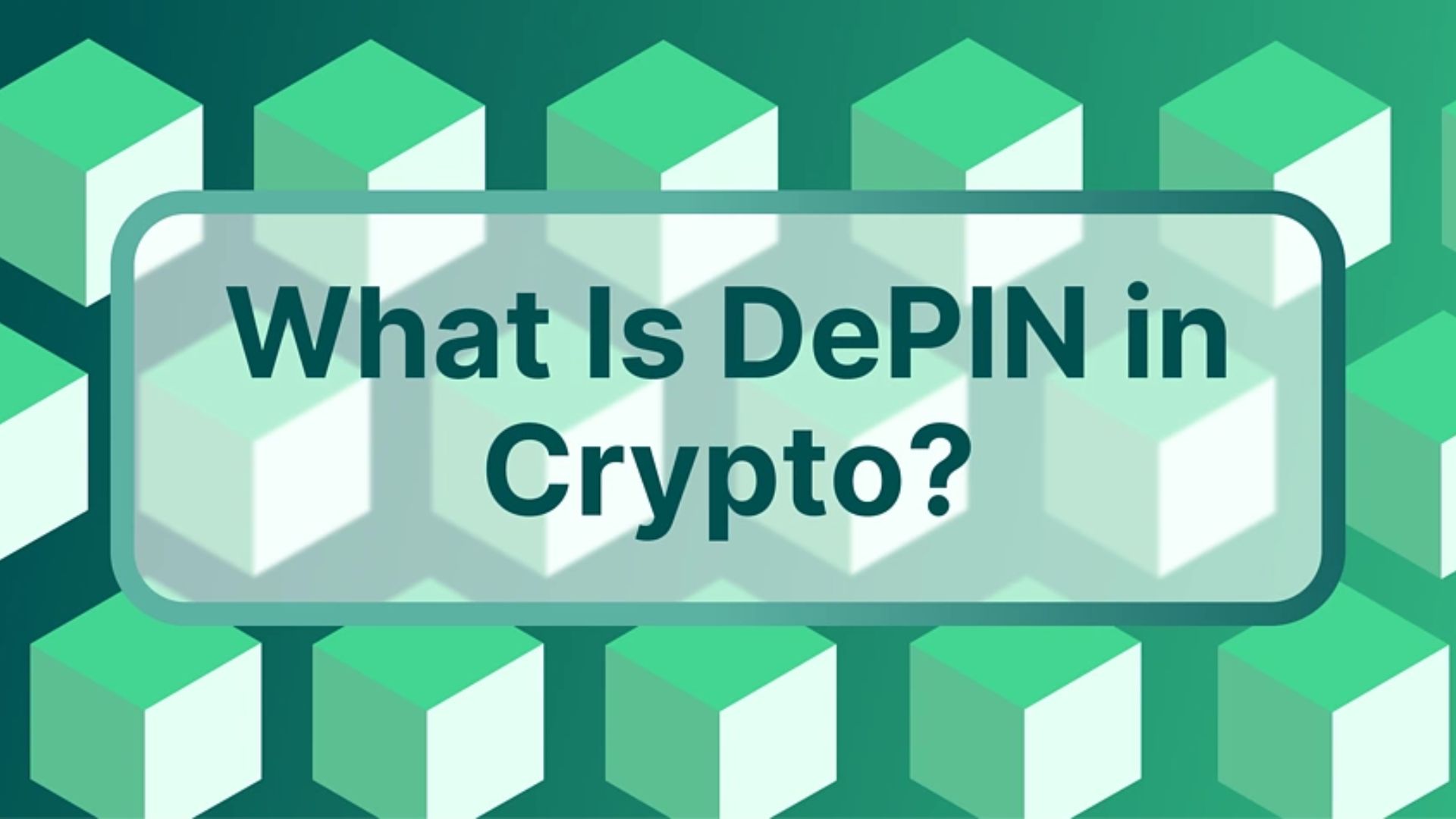
Decentralized Physical Infrastructure (DePIN) Narrative in Crypto. Many centralized online platforms use the collective intelligence of their members to create an extensive network of services accessible to millions. Ridesharing apps like Uber are a good illustration of this. As a platform, Uber makes these drivers’ physical resources (vehicles) and services (chauffeuring) available to a large user base, and drivers get compensated for them.
Such centralized platforms entice providers while keeping control of their resources (during their time on the network) with fiat-based payments or voluntary benefits like increased visibility. Users and providers alike must follow specific procedures to become members.
Improvements and remedies to this system are being developed by blockchain-based projects. Projects like these assert that they may provide providers with a more suitable means of engaging in the provision of public services, as well as more adaptable and substantial compensation for their efforts. The future of the service-based sector could be drastically altered by these DePIN efforts. What exactly is DePIN?
Understanding Decentralized Physical Infrastructure Networks (DePIN) in Crypto
DePIN is just the aforementioned mechanism in a decentralized form. The term “Decentralized Physical Infrastructure Network” is represented by this acronym. Distributed ledger networks (DePINs) allow users to request and receive specific real-world services from a decentralized pool of providers. These providers then use a distributed ledger technology (blockchain) to record the services provided and receive payment in the form of cryptocurrencies that are part of the same or a different blockchain network.
DePINs are stored, processed, and managed on the blockchain. DePINs use the blockchain to connect users and suppliers; anyone with appropriate resources can supply services. Remittance incentives are in Bitcoin for providers, while blockchain-powered systems provide services to users. The ledger, which is generally public, records every transaction. DePINs are flexible security measures. Therefore, Their use ranges from blockchain-based infrastructure marketplaces to crowd-sourced geolocation systems.
DePIN Categories
DePINs are classified into two broad categories;
- PRNs are physical resource networks that are decentralized and based on geography. To provide their services, network providers pool their hardware resources in the areas of connectivity, mobility, energy, and related fields. Because these resources are tied to physical locations and cannot be easily moved, we classify them as location-based and non-fungible.
- DRNs connect providers of digital resources that can be easily exchanged. Resources such as processing power, shared bandwidth, and storage facilities are provided by providers. These assets are not associated with location data or assigned a specific location. We have never seen anything like DePIN, which is pushing the envelope and bridging the gap between blockchain and the real world. So, this is basically how it works.
How Does DePIN Work?
By using DePIN, a link can be established between real-world locations and the blockchain. A provider-controlled physical facility, middleware that links the facility to the blockchain, and a public ledger that oversees this connection for remittance are the main actors, to put it simply. The detailed process is as follows:
- Physical infrastructure: A solar panel, an internet router, or a sensor could all constitute the physical facility. A commercial company is in charge of this. Before taking part in the DePIN project, these providers may already own these facilities. Envision a blockchain network that uses PoW (Proof of Work) technology, in which participants lend their computers to ensure the network’s security. A DePIN can include the facilities of as many private providers as feasible.
- Middleware: Most of the work in establishing a connection between the blockchain and the underlying physical infrastructure is done by the middleware. For example, a DON could speak with a blockchain app after collecting data from the outside world. The function of the middleware is comparable. Middleware collects information about all private facilities’ activity and sends it to the DePI Network.
- Blockchain system: After the middleware collects data, it sends it to the blockchain, which acts as both an administrator and a means of payment for both consumers and providers. The middleware feeds data into the blockchain, which then uses this information to distribute demand among providers and calculate incentives. Cryptocurrencies are used to send rewards. In addition to managing resource procurement, the blockchain ensures that consumers are immediately charged for each service they utilize by integrating pricing models into the remittance system.
The DePIN Flywheel
Through incentives, DePINs aim to develop a physical infrastructure that is efficient with resources. To begin, a decentralized network offers providers financial incentives to link their actual locations to it. Many providers, some of which may have idle facilities, commit them to the network in the hopes of earning incentives. These resources are made available to users on the DePIN side. User fees are the main source of revenue for the network.
The lower service prices, in comparison to facilities owned by corporations, are another selling point. A higher native token value means more rewards for providers, more investor interest, and more providers overall as the network expands. The DePIN flywheel accelerates as the cycle progresses and the network expands.
Benefits of Decentralized Physical Infrastructure Networks (DePIN)
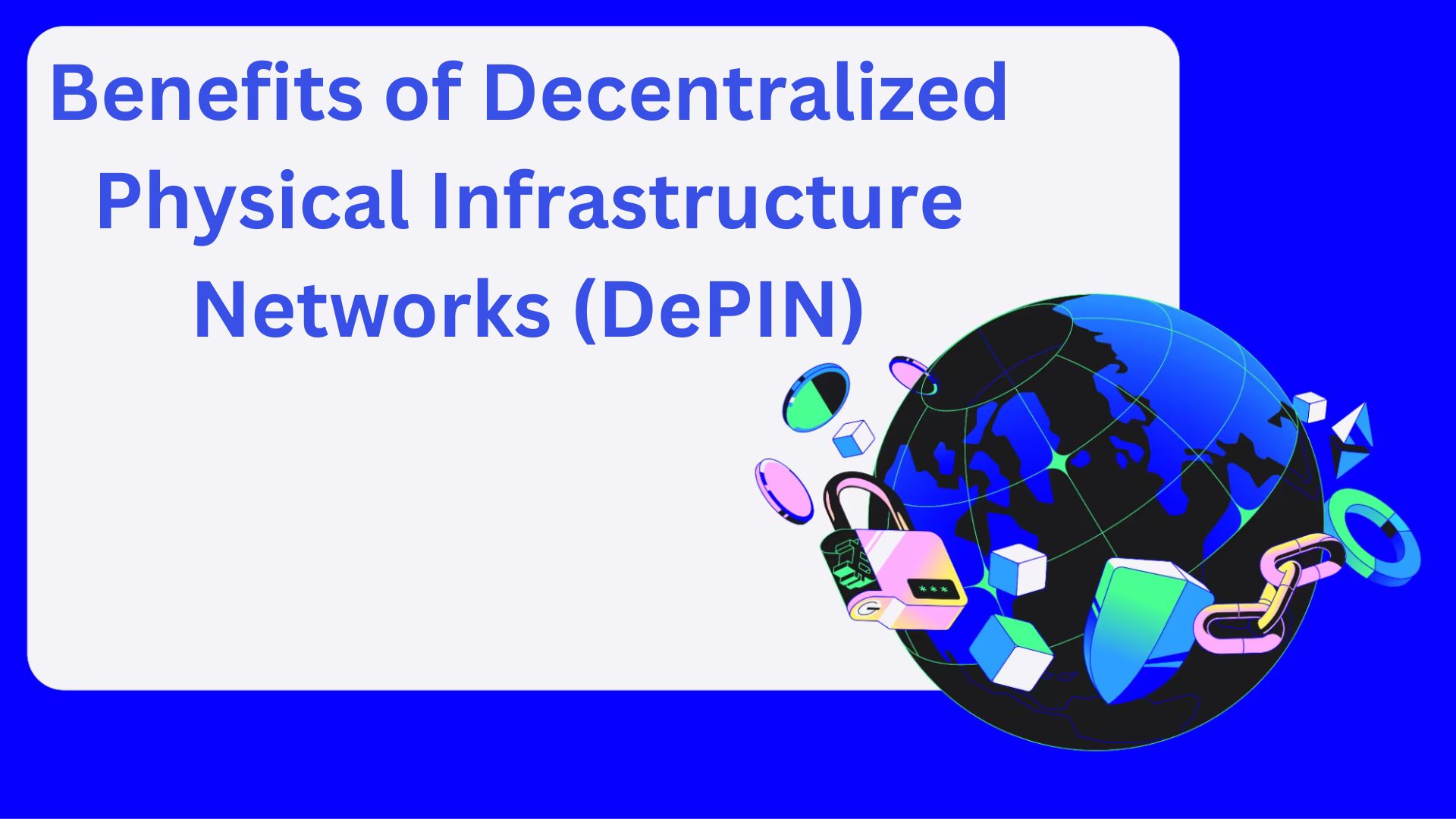
While this might not be exhaustive, here are some of the advantages of DePIN;
Horizontal Scalability
DePIN enables facilities to expand their capabilities with greater flexibility. Instead of enhancing the capability of individual resources, networks can augment resources overall. Because of this, there is a lot of leeway, and facilities constructed using this approach can be expanded or contracted quickly to meet fluctuating demand. The blockchain can manage the supply of resources and limit their consumption.
Some service providers may have less work to do if demand is low. In situations with strong demand, the network can reawaken idle resources, launch additional instances, and increase overall network capacity without affecting any changes. Systems like this can scale infinitely, depending on the available latent resources and the rationing system of the DePIN.
Community Control – Decentralization
Similar to DeFi, DePIN is decentralizing infrastructure systems, shifting the focus from enterprises to a group of individuals pooling their resources to construct a facility. In a manner analogous to the miners in a PoW network, this method allocates control of the facility to the various suppliers. However, Everyone in a DePIN system contributes resources and has control proportional to their capacity; it’s like an industrial DAO. When all providers are equally capable, the DePIN transforms into a system that is (almost) decentralized.
Fair Pricing
Compared to more conventional facilities, DePIN pricing models are unique. How much it costs for private providers to operate their facilities and other elements connected to the network are considerations that go into the pricing model. Because the platform doesn’t have to pay to offer these features, any additional fees may be minimal.
In general, DePINs are anticipated to have a more affordable pricing model. It is believed that the pricing will be fair because it takes basic aspects into account, avoiding the unjust price inflation that is common with facilities run by centralized institutions. Additionally, DePINs, being a people-powered system, are more inclined to price their products reasonably than businesses.
Cost-efficient Operation
Getting the DePI network up and running doesn’t cost much, and providers have a lot of leeway in terms of the services they offer. An example would be a provider who commits their facilities to more than one network. Customers also pay a reasonable amount for the network’s services. DePINs provide an economical solution that is optimized to provide top-notch service at the lowest feasible cost.
Permissionless
To a DePIN, anyone can add their resources. Anyone can use a DePIN to access the user-side services as well. Neither the pricing nor the user screening processes are up for negotiation. Just like anyone can easily deploy a liquidity pool on a DEX or acquire a loan from a money market, once a provider has the necessary infrastructure, they may run a provider-side account on a DePIN.
Incentivization
One effective method for DePINs is incentives. If the DePIN works as intended, the suppliers can earn money either passively or actively. Also, DePINs are a great way for individuals to start making money. Through its artificial intelligence (AI) enabled marketplace for computing power, projects such as Nunet aim to decrease the number of idle computing resources. Providers get revenue from their facilities that were previously idle.
Challenges Facing DePIN

While the new concept of DePIN has demonstrated potential in preliminary prototypes and on paper, several obstacles might prevent it from moving forward. These include;
Adoption Stage and Impact on Revenue
The DePIN flywheel depends on network expansion, which influences the token value and attracts investors and suppliers. Due to DePIN’s youth and the minimal interest of blockchain enthusiasts and property owners in similar systems, interest is modest. This will change, but for now, the DePIN notion struggles to attract enough consumers and providers to power the flywheel and network.
Technological Complications
The idea of DePIN may be challenging to understand. The technical parts of this industry can be intimidating for newcomers who are passionate about it. More education at all levels is required for projects in this field.
Cost of Running Private Facilities
Running some facilities regularly could end up costing a pretty penny. Some providers may find this problematic because private setups are less likely to receive funding from outside sources.
Profitability
To be viable and appealing to providers, a DePIN must be able to send out rewards that cover operating costs plus some. The allure grows in direct correlation with the percentage of profit generated by each operating cycle. Since there isn’t yet a huge concentration of users and providers, DePINs may have trouble sending out enticing rewards.
DePIN Sectors and DePIN Crypto Projects
Here are the sectors where some DePIN projects operate;
Wireless
In the wireless business, DePIN focuses on decentralized connectivity-sharing solutions for cellular devices and the Internet of Things. These schemes reward service providers for network connectivity resources with cryptocurrency. Service providers are rewarded for serving networked devices via the middleware, which estimates connection resources.
Helium is one of numerous wireless dePIN projects vying for network operators’ connectivity services. Each token in Helium’s multi-token architecture supplies network resources and pays providers in its way. Consumers burn HNT tokens for connectivity, while MOBILE tokens fund Helium 5G. The MOBILE token is earned by 5G hotspot bundle owners who cover the network.
Geospatial
Locational services are another DePIN speciality. PRNs reward suppliers for physical locational services with native coins. These projects use sensors or community contributors to send locational data to the network, which computes it to create area mapping services. Projects like Hivemapper employ community efforts to create a crowd-sourced map. Contributors can map manually or use Hivemapper’s dashcam. Users can put dashcams on their vehicles and let the network read location data as they drive. Contributors receive HONEY tokens for their areas of coverage.
Mobility
Transportation has improved greatly thanks to autos and other vehicles. Other than automotive technological infrastructure improvements, car administration and value have been hardly improved. Mobility DePIN projects are testing new vehicle control, owner/business communication, and benefit ways. Example: “DIMO” (Digital Infrastructure for Moving Objects). This mobility endeavour handles car owner and manufacturer data. It offers an NFT-based vehicle identification system, car statistics, and other information to help car owners make smarter decisions. By using the DIMO app, car owners can earn DIMO tokens for their data.
Health
Fitness apps encourage people to lead healthier lives. Apps like FitFi, which briefly gained popularity, encourage healthy living choices by rewarding users for completing fitness goals. These applications are still making waves, other DePIN projects in the same industry are following a similar pattern of operation. Apps like healthblocks incentivize users to provide specific health data that helps healthcare providers and employers advance patient care. To keep tabs on their fitness objectives, users can also link their fitness trackers to the app. Following the completion of a task or the provision of data, users are awarded with HEALTH tokens.
Energy
Energy projects that use DePIN claim they may promote green energy by connecting renewable energy users with suppliers. These programs promote the collection and use of reliable energy supply data to build environmentally friendly energy practices. Arkreen is a decentralized concept that promotes green electricity producers to exchange installation data. However, Their solar energy system capacity and equivalent data can be provided. Renewable Energy Certification (REC) issuers and green computation operators use electricity data to build apps and services, therefore they want this application.
Storage Networks
By offering incentives to providers, decentralized storage networks enable users to access storage capacity on demand. Filecoin is one of several projects that propose a decentralized data storage marketplace, protocol, and cryptocurrency to improve the safety and efficiency of the web. Users pay a charge to rent storage spaces and safely store their data and files, and the Filecoin blockchain keeps track of the storage space supplied by each provider. Contributors are rewarded with Filecoin.
Compute Networks
Decentralized compute networks offer retail computing infrastructure by aggregating idle private computer resources. The team builds a computer resource marketplace and incentivizes service providers. Projects like Nunet use DePIN. Nunet, an AI-powered marketplace, sells computer resources. It claims to help enterprises maximize resource consumption by making idle computer resources available to everyone. NTX tokens are paid to marketplace computing providers. Businesses and individuals can use cloud computer resources for a fee.
Bandwidth Networks
Decentralized bandwidth networks encourage private providers to pool bandwidths to optimize and lower content delivery costs. In this manner, video and media providers may make more money and users can use shared bandwidth for cheaper, higher-quality entertainment. Projects like Theta Network are examples. The EVM-compatible Theta network combines blockchain and Edge networks. The Edge network stores and delivers media assets, while Theta’s blockchain handles money transactions and smart contracts. However, Bandwidth providers can receive THETA tokens and spread them to mobile phones, PCs, and more.
Conclusion
DePINs make software and hardware infrastructures more accessible and allow everyone to contribute and receive incentives through a community-based facility development paradigm. Theory and practice show that blockchain technology, communities, and cryptocurrencies work. It may not be profitable yet, but it appears to be a cost-effective infrastructure development strategy. The project’s users and providers must follow this. Everyone assists with the project, saving the team a lot of money. Quality of work determines passive or active contributors’ remuneration. Community-based systems change prices based on purchasing power.
Commercial software, hardware, and infrastructure of the future may be possible with the help of DePINs. Firms control routine facilities, and the system is very centralized. DePINs may give power back to a decentralized network of users and providers—an industrial-class DAO. Current DePIN prototypes exhibit this. Rewards in cryptocurrencies are another reason to utilize a more efficient payment method.
Due to the continuing nature of development, there may be drawbacks, although this has shown potential. Like any new technology, these systems may evolve quickly, some of which may not be to everyone’s preference. As a provider or user, you must understand how protocols affect you. Lastly, Remember that foul players can utilize similar strategies. You should usually research yourself.
